Red Algae (Rhodophyta): Nature’s Marine Treasure
By. Tri - 23 Jun 2025 Nature’s Marine Treasure.jpg)
lautnusantara.com_Red algae, or Rhodophyta, are among the oldest and most diverse groups of algae in the marine environment. With more than 7,000 known species, they thrive mostly in warm, tropical oceans and are especially abundant in coral reef ecosystems. Their distinctive reddish color comes from a pigment called phycoerythrin, which allows them to absorb light efficiently even at greater depths.
Biological Characteristics
Red algae are primarily multicellular, and many species have a filamentous or sheet-like structure. They are known for their ability to grow in low-light environments, often inhabiting deeper waters than most green or brown algae. Red algae reproduce both sexually and asexually and have complex life cycles that can include multiple stages.
One of the unique features of Rhodophyta is the absence of flagella (tail-like structures used for movement), which distinguishes them from other algae groups.
Ecological Role
Red algae play a critical ecological role in marine ecosystems:
-
Habitat providers: They serve as shelter and breeding grounds for small fish, invertebrates, and coral species.
-
Reef building: Some species, like Coralline algae, have hard, calcareous deposits in their cell walls, helping to build and stabilize coral reefs.
-
Primary producers: Through photosynthesis, they convert sunlight into energy and contribute significantly to the marine food web.
Economic Importance
Rhodophyta are highly valuable economically due to their commercial applications:
-
Agar – Extracted mainly from Gracilaria and Gelidium species, agar is used in microbiological media, food thickeners, and vegetarian gelatin alternatives.
-
Carrageenan – Found in species like Eucheuma and Kappaphycus, carrageenan is widely used in dairy products, toothpaste, cosmetics, and pharmaceuticals for its gelling, thickening, and stabilizing properties.
-
Food source – In many Asian countries, red algae are consumed directly as food (e.g., nori used in sushi) due to their high content of fiber, vitamins, and minerals.
Health and Nutritional Benefits
Red algae are considered a superfood in many cultures because they are rich in:
-
Antioxidants (such as phycoerythrin and flavonoids)
-
Dietary fiber
-
Calcium, magnesium, iron, and other trace minerals
-
Proteins and polysaccharides with potential anti-inflammatory and antiviral properties
Studies suggest that compounds in red algae may support immune function, gut health, and even prevent cancer cell growth, although further research is ongoing.
Sustainability and Cultivation
Red algae farming is widespread in countries like Indonesia, the Philippines, and Tanzania. It is considered a sustainable practice because:
-
It requires no freshwater, fertilizers, or pesticides.
-
It helps absorb excess nutrients from the ocean, improving water quality.
-
It provides livelihood opportunities for coastal communities, especially women.
Species such as Kappaphycus alvarezii and Eucheuma denticulatum are commonly cultivated for carrageenan production using simple techniques like rope or net systems.
Red algae (Rhodophyta) represent a perfect blend of ecological significance and economic potential. Their role in maintaining healthy marine ecosystems and their wide range of uses — from food to pharmaceuticals — make them an invaluable resource for both science and society. As global interest in sustainable marine resources grows, red algae continue to shine as one of nature’s most promising aquatic assets.
If you are interested in our Coral Trout Fillet Skin On, CORAL TROUT WGG WHOLE GILLED GUTTED, TOMATO COD WHOLE GILLED GUTTED please do not hesitate to contact us through email and/or whatsapp.

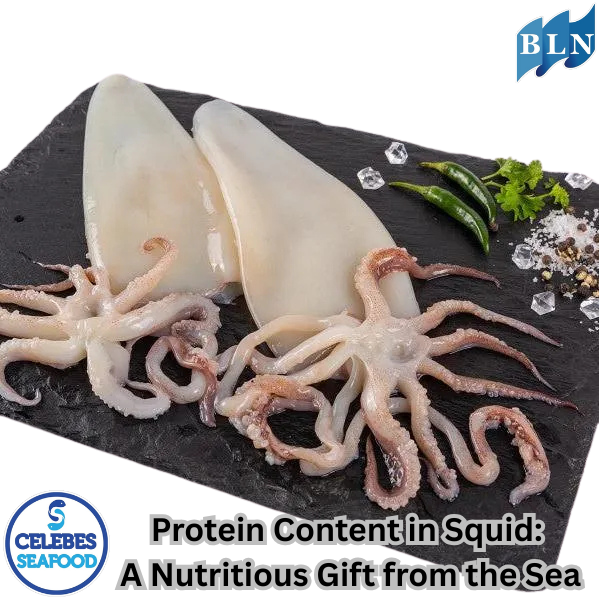
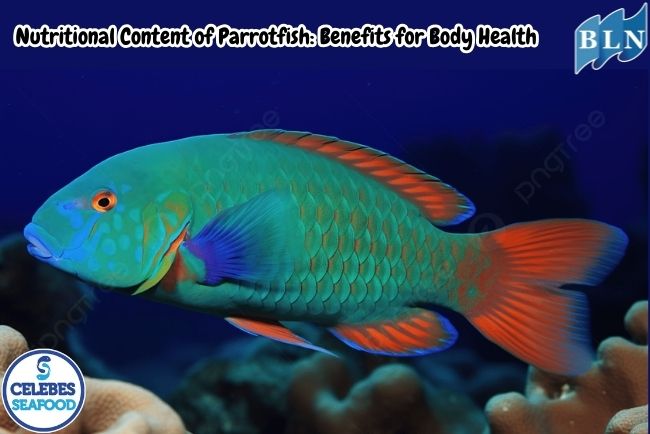
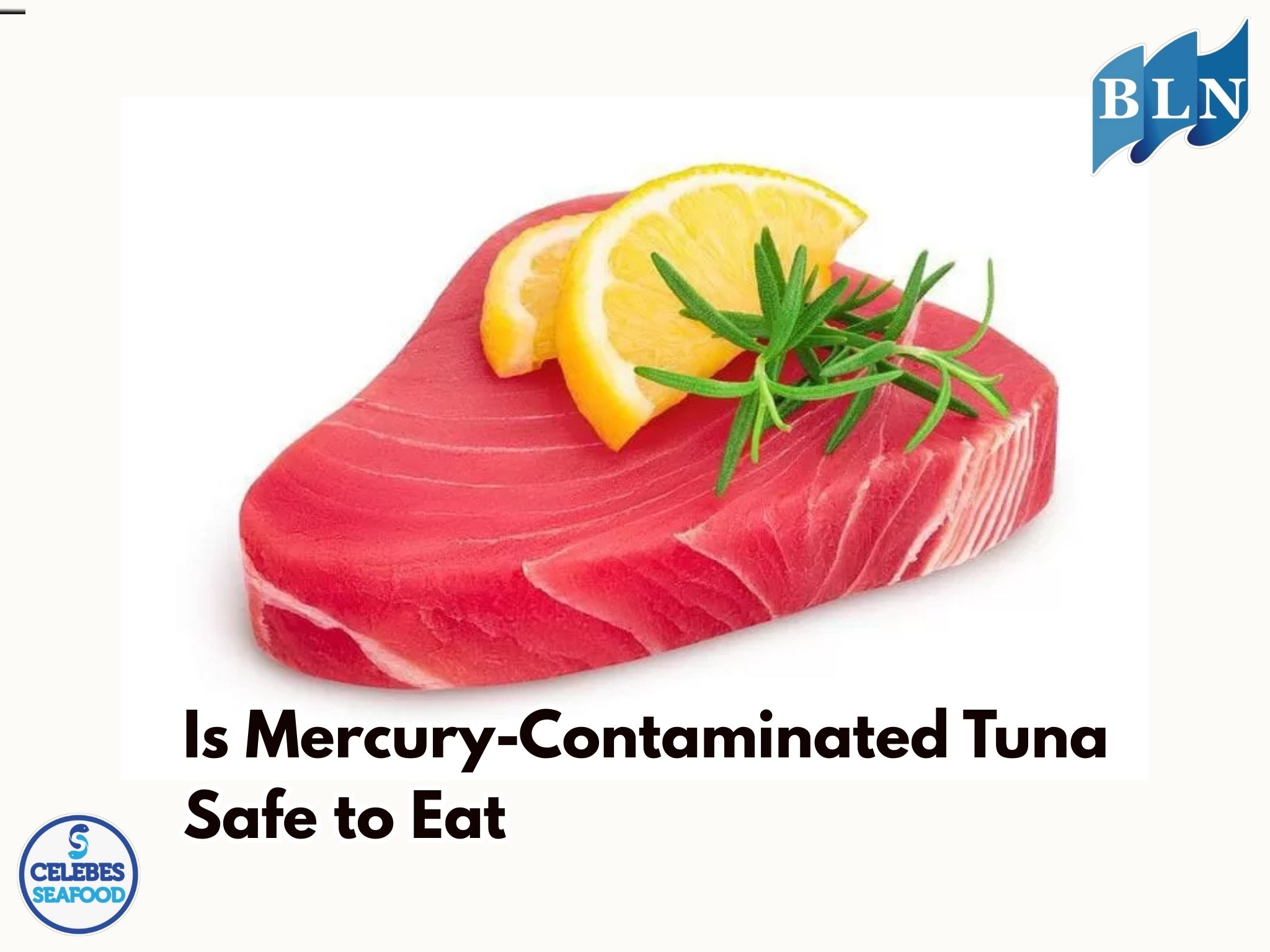
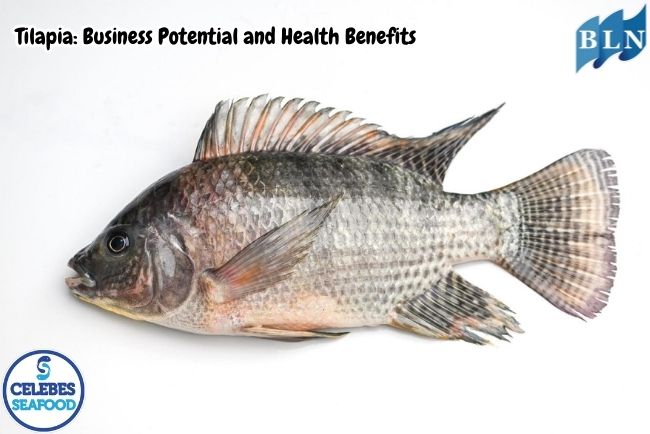
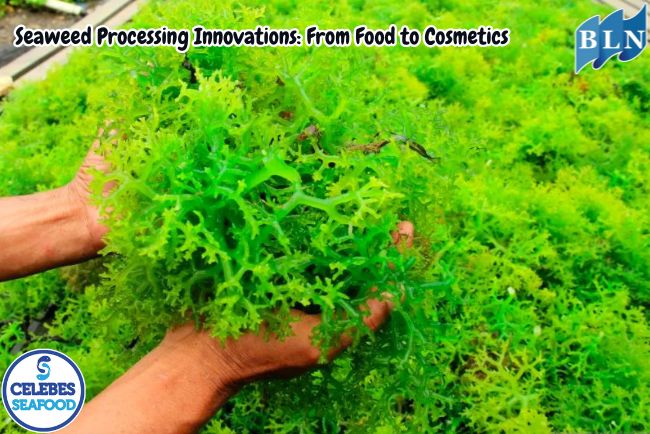
.jpg)

